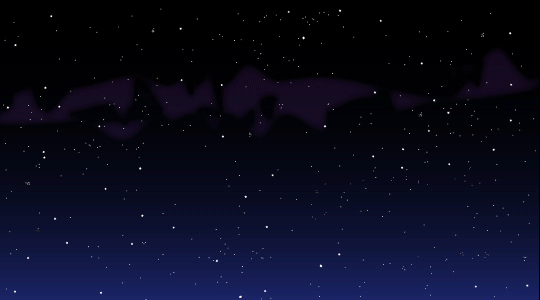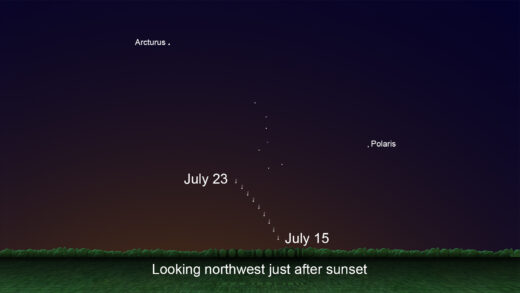
Assuming the weather cooperates, early risers should have no trouble spotting a fireball zooming across the sky shortly before dawn in the next few days. The Lyrids meteor shower is happening now.
They seem to be shooting out (radiant) from the Lyric constellation just northwest of its bright Vega star. They are debris from the comet Thatcher (C/1861 G1), first noted more than 2,500 years ago.
The best days to look for them are April 21-22 when the Lyrids are expected to peak at about 18 meteors an hour. Pre dawn is the best time to watch because the moon is waxing gibbous so its illumination won’t be a factor after it sets.
For the time to watch in your zone visit Time and Date. For more information on where to look visit Space which has a map to help find the radiant. For more basic meteor and Lyrid information visit NASA Lyrids.

